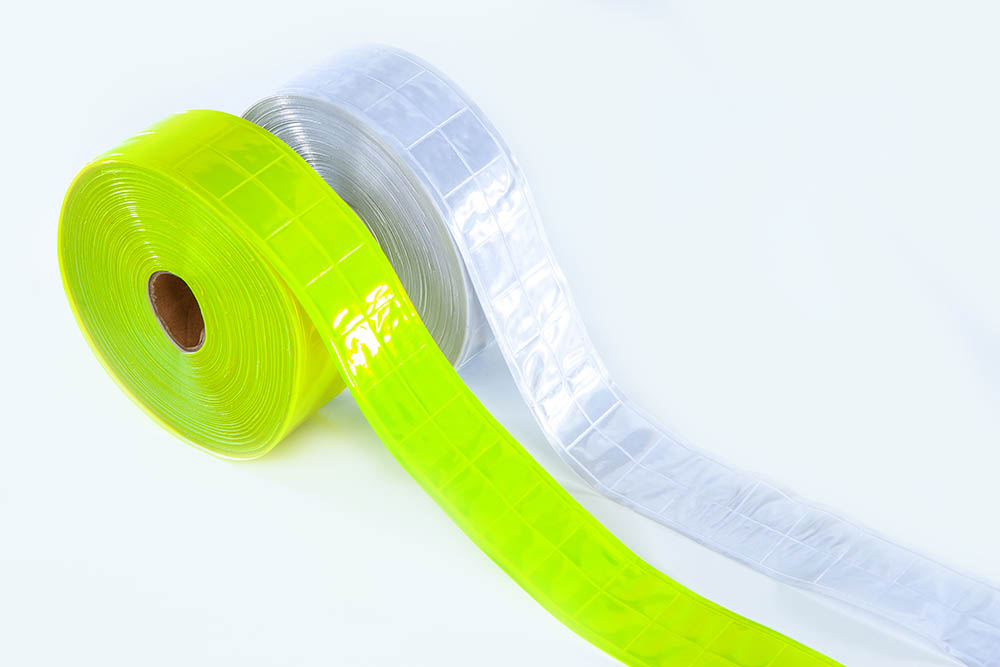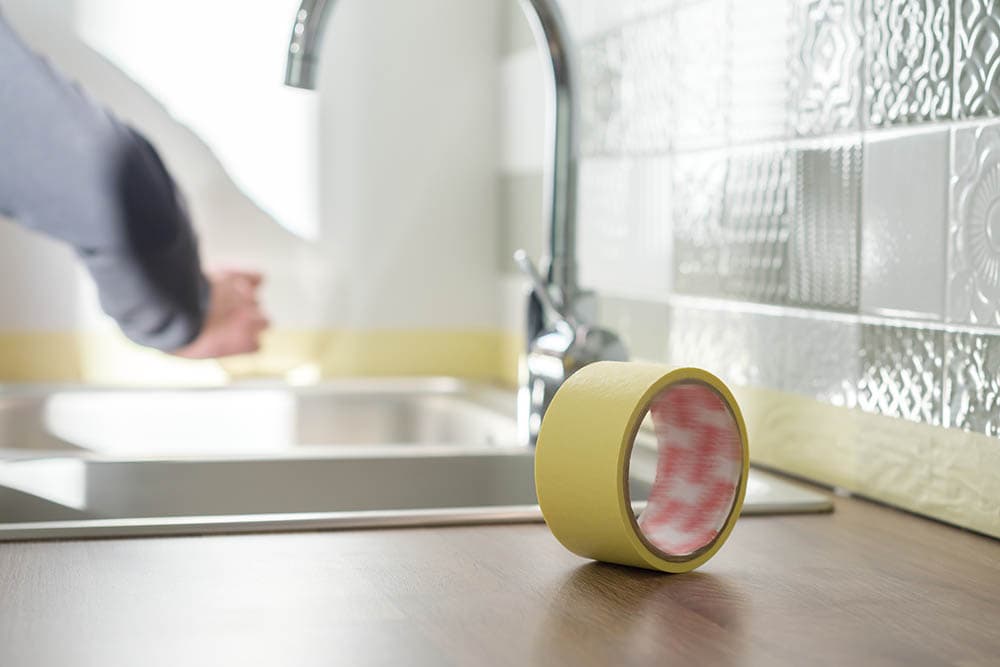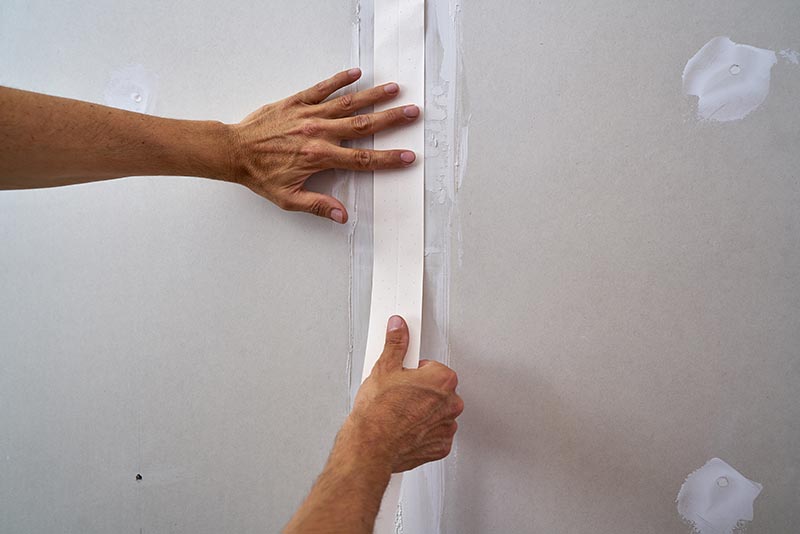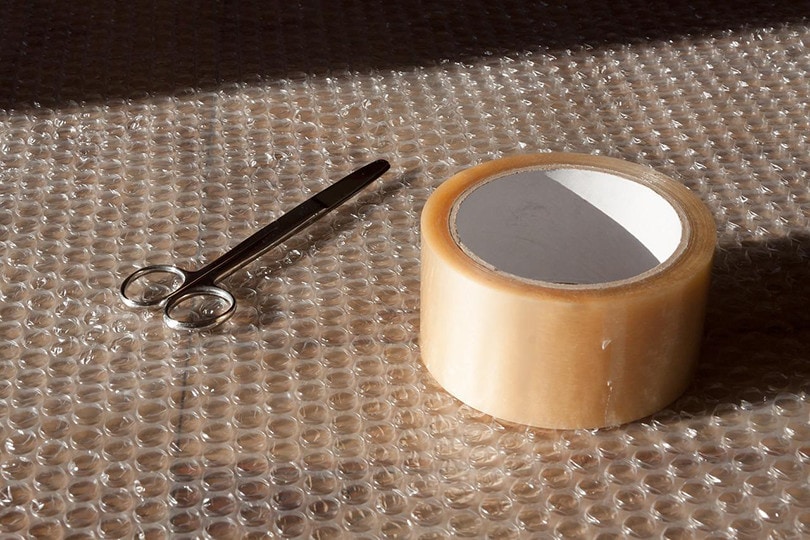Is Tape Recyclable? How Is It Properly Disposed?
-
Pete Ortiz
- Last updated:

A quarter of U.S. resident shops online at least once a month. It’s convenient, offers access to items that might not be readily available in local stores, and can lead to some good deals. However, it also means more packaging materials like cardboard boxes, paper, and oft-overlooked packing and parcel tape.
While some of this tape is recyclable, it depends on the type of tape and what it is made from, and many people leave the tape on the boxes and packaging before recycling, in which case it is unlikely to be recycled at all.
Read on for more information on tape, whether it can be recycled, and the different types.
About Tape
What we think of as modern sticky tape was invented and introduced in 1925. The first iteration was known as masking tape and was designed specifically to aid in the application of two-toned paint to automobiles.
Today, there are a host of different types of tape, each made from different materials and having its own intended use. This also means that while some tapes are recyclable, others are not, and you will need to know what type of tape you’re dealing with before deciding whether to recycle or not.
Plastic Tape
Plastic tape is made by adding an adhesive to a thin layer of plastic. The polypropylene or PVC used could be recycled, but it cannot be separated from the rest of the tape, which means that plastic tape is not recyclable and should be thrown into general waste.

Recycled Plastic Tape
Some greener alternatives to plastic tape do exist. These are still not recyclable, but they do use recycled materials in their manufacture, which means that they offer some benefit to the environment over the standard plastic tape.
Painter’s Tape
Painter’s tape is very similar to masking tape, except that painter’s tape uses an adhesive that is less sticky than masking tape. This means that the tape can be pulled off more easily without leaving any residue behind and without causing the paint to bleed onto areas where it isn’t wanted.
Painter’s tape is also more likely to use a crepe paper backing. It cannot usually be recycled unless the packaging states otherwise.

Masking Tape
Masking tape uses a much stickier adhesive than you find on painter’s tape. It is lightweight and forms a more permanent bond than painter’s tape. It is sometimes used to make labels because it can be written on. However, it leaves a sticky residue when removed from surfaces. Masking tape cannot be recycled unless the packaging states otherwise.
Duct Tape
Duct tape is incredibly versatile, strong, and adheres to just about any surface. It is made from a combination of polypropylene, fabric, and adhesive.
Polypropylene could be recycled if it could be removed from the rest of the materials, but it can’t, which means that duct tape is another tape that cannot be recycled.

Recyclable Adhesive Tape
Recyclable adhesive tape is made from paper and a natural adhesive. It is usually water-activated, which means that you do need to apply water to the adhesive for it to adhere to surfaces, but its use of natural adhesive and paper means that it can be recycled with the rest of the paper recycling.
More retailers are starting to use this type of tape. The best way to recycle this type of tape is to leave it on the box or package that it came on and recycle everything together.
Biodegradable Tape
Biodegradable tape, such as cellulose tape, is made from natural materials that biodegrade quickly. Some such tapes will degrade in months rather than decades, which means that they can be put in general waste. These tapes have been developed because most people don’t remove the tape from the packaging before recycling the packaging itself.

What to Do With Tape on Boxes and Packages
Most recycling plants can handle a small amount of tape attached to the boxes. Non-recyclable materials like tape and labels are removed during the process, though, and are not recycled, which means that they still find their way to landfill.
And, in some cases, you may be asked to remove the tape before recycling any paper or cardboard because large amounts can cause the recycling equipment to get clogged up. Ideally, the tape should be removed and put in general waste, before the box is sent for recycling.
How to Reduce Your Tape Usage
If you’re concerned about the amount of tape that you use and include in general waste, there are some steps you can take to reduce what you use:
- Change Retailers – If you use an online retailer that sends packaging that is cocooned in plastic tape, you can ask them if they use any alternatives. Or you can use a retailer that has environmentally friendly packaging options. They do exist.
- Use Alternatives When Moving – Moving house typically requires the use of a lot of cardboard boxes which, in turn, are sealed with plastic tape or another type of tape. Instead, use suitcases, limit the amount of tape you put on your boxes, or find alternative packing methods.
- Use Environmentally Friendly Alternatives When Shipping – If you ship items yourself, look into alternative tape products. There are recyclable options, but this doesn’t guarantee that the recipient will recycle them. Biodegradable tape breaks down quickly and is better for the environment, so it doesn’t matter all that much whether it is recycled.
Conclusion
Tape is used to secure most packages that arrive on our porches, and it has a host of other uses, too. In most cases, the tape is not recyclable, although a lot of large online retailers are moving to more environmentally friendly options that will recycle the box that they are stuck on. And, if you use a lot of tape yourself, there are alternatives available.
Featured Image Credit: FOTOGRIN, Shutterstock
Contents


